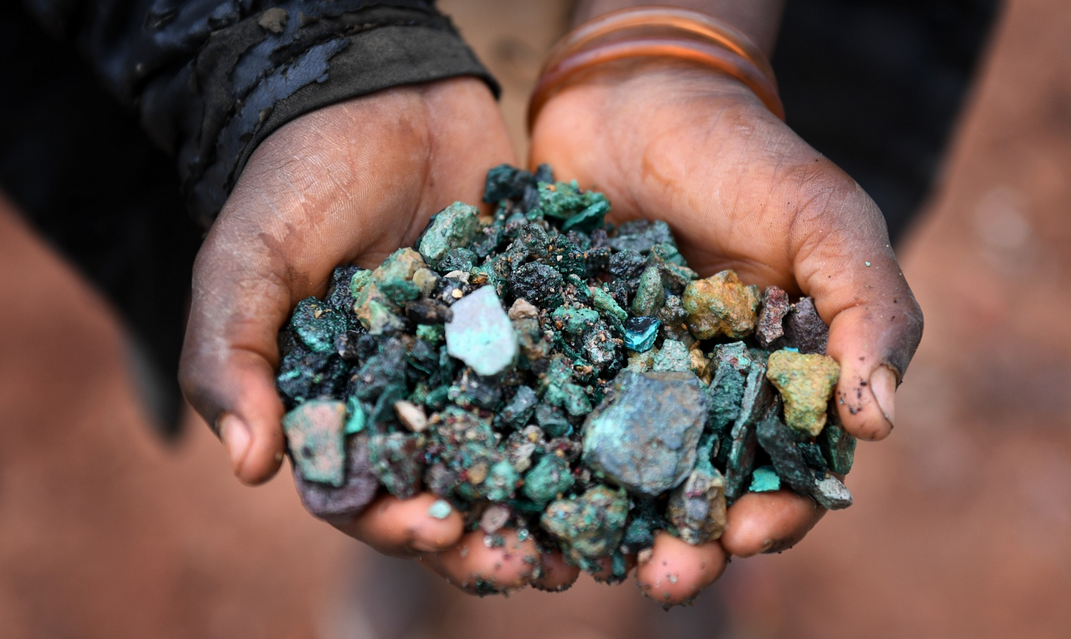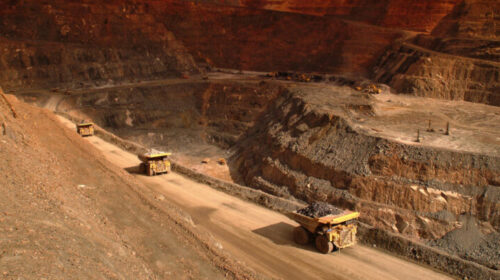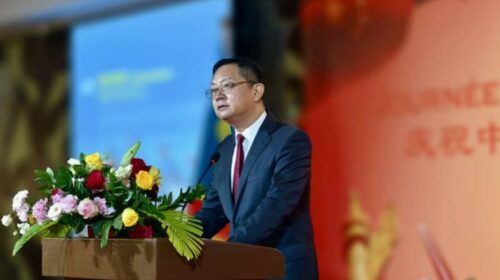Cobalt collaboration in the DRC
The mining industry in the Democratic Republic of the Congo (DRC) can be considered one of the most difficult countries on the African continent.
True or not, one of its largest copper / cobalt producers, Chemaf, together with its partners – the commodity trader Trafigura and the NGO PACT – has completely ignored this feeling after successfully formalizing manual mining operations in its previously dormant Mutoshi mine would have.
In this way, the company has tapped a resource that was not operationally feasible, while improving legal transparency and the livelihood of thousands of residents.
LAURA CORNISH spoke to JAMES NICHOLSON, Head of Corporate Responsibility at Trafigura, for more details.
November 2017 marked the beginning of a fruitful relationship between Trafigura and Chemaf – with a three-year contract (until December 2020) through the parent company Shalina Resources to purchase cobalt hydroxide from the Etoile mine and the state-of-the-art Etoile processing plant.
“The demand for cobalt is anticipated to climb steadily over the coming years as, for example, the electric vehicle sector grows. Trafigura is positioning itself to take advantage of this through securing sufficient cobalt production,” starts Nicholson.
“Our interest in purchasing cobalt hydroxide consequently extended our conversation to securing additional production through Chemaf’s most attractive project – Mutoshi – a mine that has been exploited since the start of the 1900s by a number of mining companies including state-owned Gecamines.”
Chemaf had been evaluating how best to mine the Mutoshi resource, but had to contend with a large force of artisanal miners using unsafe practices to extract the ore and sell on through illegal channels, as well as an extensive 20 000 people-strong community network living within the concession boundaries – directly and indirectly relying on artisanal mining to support their livelihoods.
Responsible sourcing drives ground-breaking initiative
The services Trafigura offers to companies such as Chemaf extends well beyond the purchase of cobalt.
“Supporting our partners – for example by assisting to arrange finance for their development or through injecting capacity and expertise in improving ESG (environmental, social and governance) performance is very important to Trafigura. This is all part of sourcing raw materials in a responsible way,” Nicholson continues.
Having recognised the potential Mutoshi offered, and the company’s focus on contributing towards a more responsible industry, Trafigura senior management were prepared to review their blanket ban on purchasing artisanal cobalt production.
“The question we really had to ask was, ‘do you attempt to ignore artisanal miners and loose significant volumes of cobalt ore out the back door, or do you look at how to formalise the situation to mitigate risks, improve livelihoods and accept their production into the value chain?’,” Nicholson continues.
Extensive discussion between Chemaf and Trafigura around risk appetite and solutions led to the conclusion that with the right partners artisanal mining (ASM) risks could be mitigated – particularly in this scenario considering the majority of these miners had positioned themselves in an area where the resource is shallow and the grade concentrated.
Trafigura joined hands and signed a new strategic relationship with internationally respected NGO, PACT. PACT has extensive experience working with artisanal miners in challenging environments.
It is a sector leader in the practical implementation of responsible ASM sourcing. Trafigura has since been leveraging PACT’s developmental expertise at Mutoshi which has become a key element in a growing partnership that is now extending to other localities and relationships.
“What started out initially as the Mutoshi pilot project has yielded important learning’s that are applicable across other business relationships,” Nicholson highlights.
Chemaf has supported the initiative from the start and in fact appointed a single authorized cooperative and ASM contractor, COMIAKOL, to oversee the daily practices required to run a legally accepted operation – from health and safety standards and human resources functionality to wearing the correct protective equipment and ensuring the necessary resources on site for the workers to operate in a sustainable manner (such as the provision of drinkable water and free healthcare).
“Since introducing a raft of controls and procedures we have had phenomenal success on site, particularly with regards to deploying mechanized mining equipment from Chemaf to remove the overburden, expose the ore, and eliminate the need for workers to dig +90 m deep tunnels which were extremely unsafe. Safety and productivity has improved substantially.”
Success stretches even deeper
Formalizing ASM in the DRC is an enormous achievement in itself but the consequent successes stretch even deeper.
“The Mutoshi pilot project area was of insufficient cobalt grade to support mechanized mining – meaning that, without an ASM approach, exploiting its cobalt resource would have not been economic. In fact, Chemaf did not intend to mine that block of land for at last another 15 years.
“Through our progressive approach, we have extracted economic value from an area of land thought to be of little commercial interest,” Nicholson highlights.
The venture has further delivered empowerment for women who are now comfortable working an environment that they once considered “high risk”.
The pilot project has reported no deaths since the initiative started – an impressive achievement considering there are about 2,000 artisanal miners on site each day producing around 300 tpd of ore.
The ore is then concentrated (typically to +1.5% cobalt), valued, purchased and transported to Chemaf’s Usoke plant in Lubumbashi. Production from the Usoke plant is segregated from other production streams, such as from Chemaf’s Etoile mine.
Nicholson reveals that Chemaf has invested in the construction of a 20 000 tpa cobalt and 16 000 tpa cobalt processing plant on site which when operational within the next year will enable an increase in mining production and also a reduction in operating costs associated with ore transportation – “The project’s overall economics could lift significantly at this stage.”
A proud accomplishment
“Many believed that what we have achieved at Mutoshi was not possible in a risk-controlled manner and that artisanal miners should rather be moved into another form of work.
“We have proven otherwise. Artisanal mining is a legitimate livelihood that can and must be made safe – the challenge is not going away. Those of us in the wider supply chain must play our part in improving the situation, rather than simply commenting from the side lines,” Nicholson enthuses.





